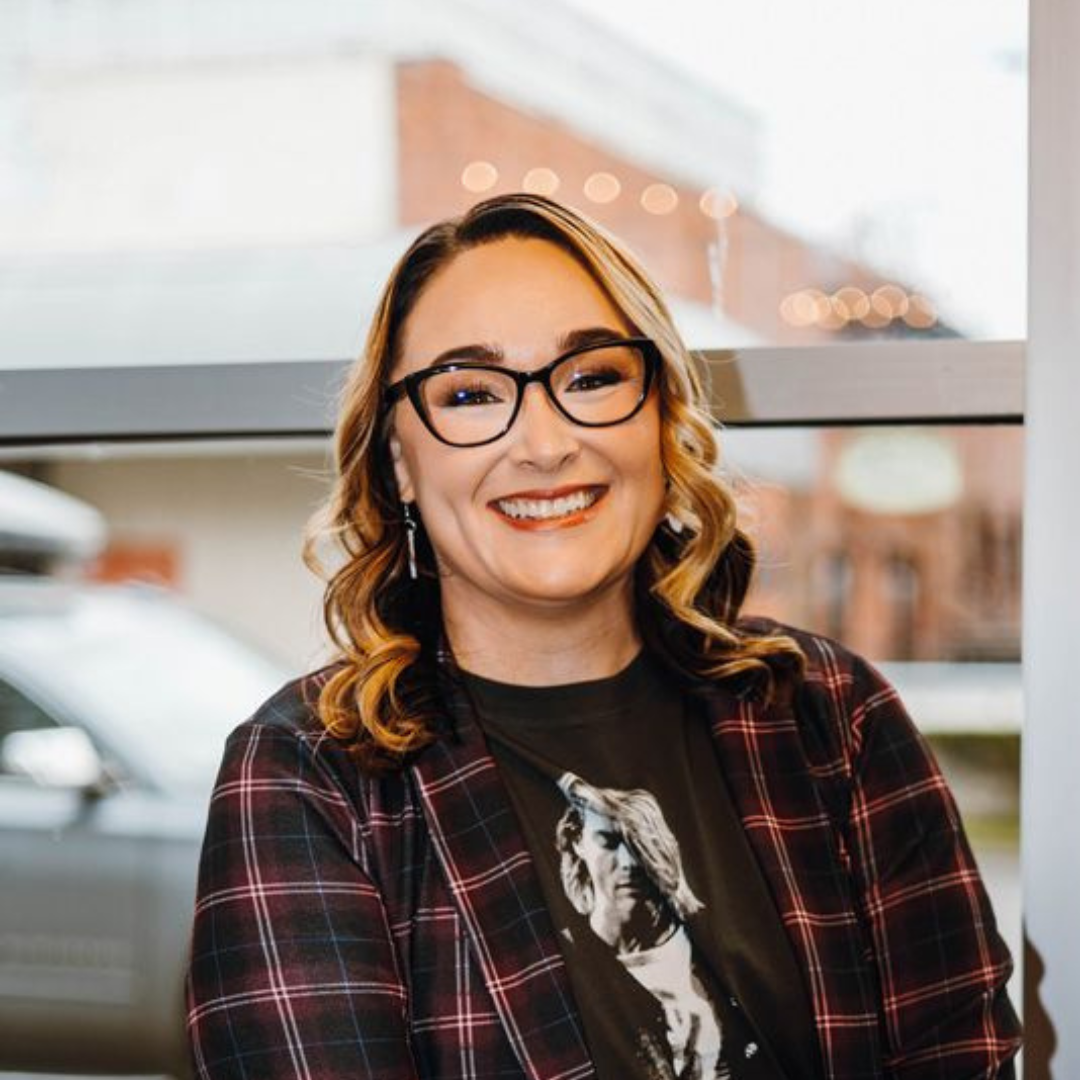LISTEN ON SPOTIFY | LISTEN ON AMAZON | LISTEN ON APPLE
In today’s competitive online space, having a beautifully designed website isn’t enough—it also needs to be optimized for SEO and user experience to convert visitors into clients. In this episode of the Take Your Shot podcast, I chat with SEO and marketing expert Rachel Woods, founder of Woods Marketing Communications, about the essential strategies every creative business owner should know to improve their website’s performance, increase visibility, and provide a better user experience.
Watch on Youtube:
Why SEO and User Experience Go Hand in Hand
Your website’s user experience and SEO are deeply connected. Rachel explains that search engines like Google are paying more attention to how users interact with your website—factors like load times, mobile responsiveness, and overall ease of navigation impact both your SEO ranking and how visitors experience your site. It’s not just about having keywords, but ensuring your website delivers a smooth, fast, and user-friendly experience.
Fixing Common SEO Mistakes
Many websites have hidden SEO issues that could be hurting their visibility. Rachel highlights some of the most common mistakes, including:
- Slow Page Load Times: Slow websites not only frustrate users but also negatively impact SEO. Rachel suggests using tools like Page Speed Insights to identify areas of improvement and optimize load times, particularly on mobile.
- Unoptimized Images: Large image files can slow down your website. Rachel recommends using tools like TinyPNG to compress images without losing quality. Don’t forget to use descriptive alt text for your images to help search engines understand what’s in them.
- Broken Links: Broken links can hurt your SEO score and confuse users. Use tools like Broken Link Checker to find and fix any broken links on your site.
- Ignoring Meta Descriptions: Meta descriptions are often overlooked but are key for helping search engines understand what your pages are about. Make sure each page has a unique, keyword-optimized meta description that invites users to click.
Tools to Boost Your Website’s Performance
Rachel shares some of her favorite free tools for improving your website’s performance and SEO:
- Page Speed Insights: This tool helps you analyze your website’s speed and provides actionable recommendations for improvement.
- UberSuggest: This tool allows you to research keywords, track backlinks, and see how your competitors rank.
- Broken Link Checker: Use this to quickly find and fix any broken links on your site.
- TinyPNG: Compress images to reduce file size and improve load times without compromising on quality.
For Rachel’s complete image optimization workflow, check out her blog post on My Website Image Workflow.
Optimizing for Mobile Experience
Rachel emphasizes that mobile experience is crucial—most visitors will be accessing your site on their phones. She recommends testing your website’s mobile performance using Page Speed Insights and ensuring your site is responsive. This means your site should automatically adjust to fit different screen sizes, making navigation smooth and intuitive on any device.
Understanding User Behavior
SEO isn’t just about getting people to your site—it’s also about understanding how they interact once they’re there. Tools like Google Analytics can give you insight into which pages are performing well, where users are dropping off, and what actions they’re taking. Rachel suggests using this data to make informed decisions about content updates and changes to the layout or design of your website.
DIY SEO vs. Hiring a Professional
For business owners looking to DIY their website’s SEO, Rachel suggests starting small—optimize one section of your site at a time, and use free tools like UberSuggest to track your progress. However, if SEO feels overwhelming or you need a more comprehensive approach, hiring an expert can save you time and ensure your website is fully optimized.
Final Thoughts
SEO and user experience are not one-time tasks but ongoing processes. By regularly auditing your site for speed, broken links, and user behavior, you can keep your website running smoothly and ensure it remains visible to search engines. Rachel encourages business owners to start with the basics—optimize your images, fix broken links, and improve your mobile experience. Over time, these small changes can make a significant impact on your website’s performance and your overall business success.
Free Resources and Tools from Rachel Woods:
- Page Speed Insights
- UberSuggest
- Broken Link Checker
- TinyPNG
- My Website Image Workflow (this blog post goes through the steps Rachel discussed on the pod)
Connect with Rachel Woods:
- Rachel’s Website
- Rachel’s Blog (lots of free resources!)
- Join Rachel’s Email List (Get tips 2x per month!)
- Rachel’s Free SEO Toolkit
- Instagram: @woodsmarcom
- LinkedIn: Rachel A. Woods
More From Take Your Shot Collective
We’re all about supporting and elevating creative business owners, and so along with our weekly business podcast, we have so much more to share with you! Get plugged in, take what you need, and let me know how I can continue to support you in your business.
- Join our free online community
- Free resources and discounts!
- Coaching opportunities with Halle
- More business resources
Did You Find This Helpful?
If you enjoyed this episode of the Take Your Shot Podcast, don’t forget to leave us a review and subscribe so you don’t miss an episode!
Thank you for tuning in! If you found this conversation helpful, let’s connect on Instagram, where I share more tips and support for creative entrepreneurs like you.
Instagram: Take Your Shot Collective
